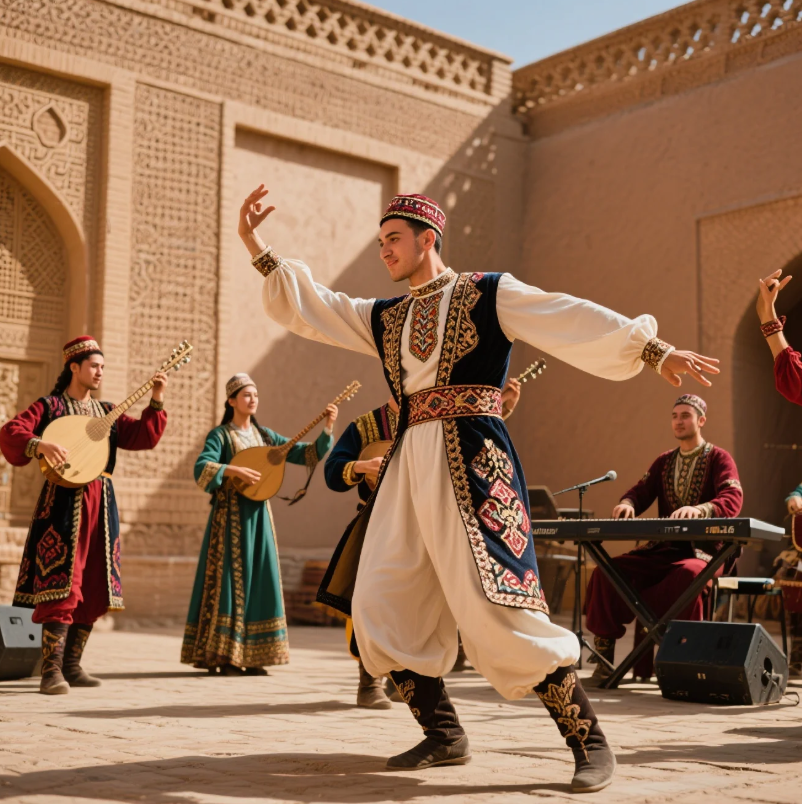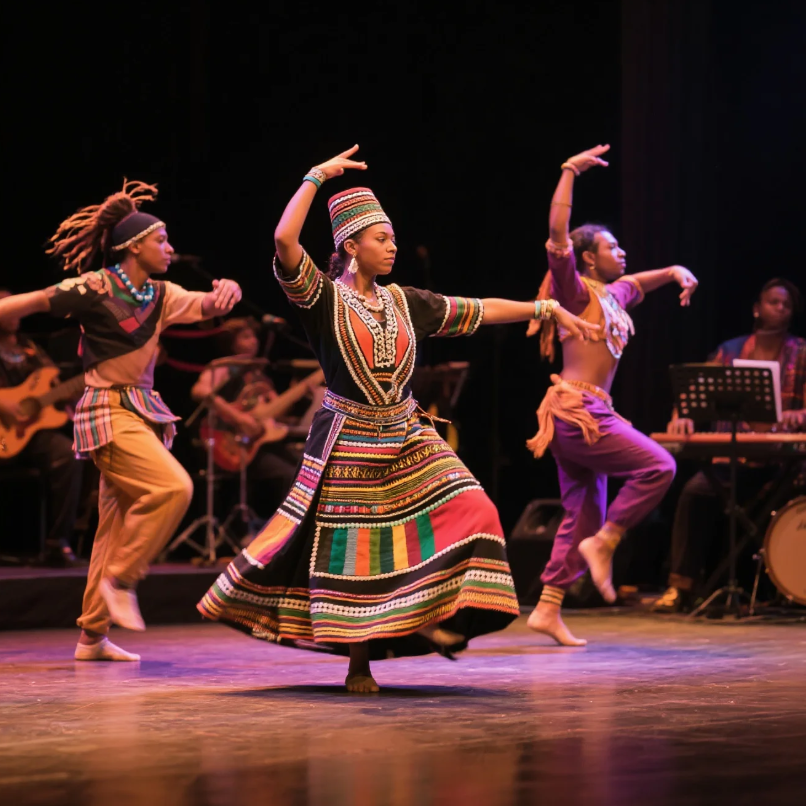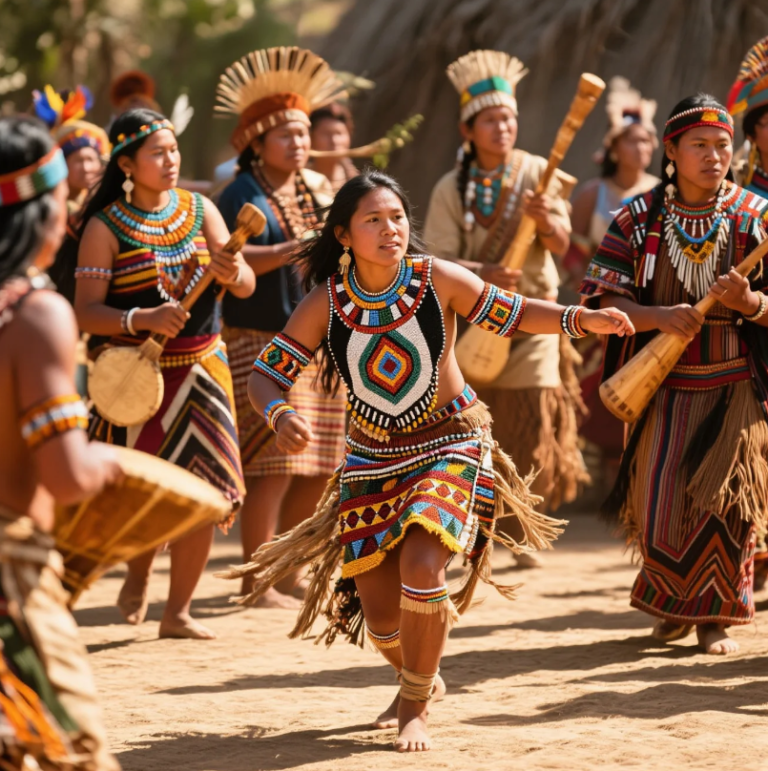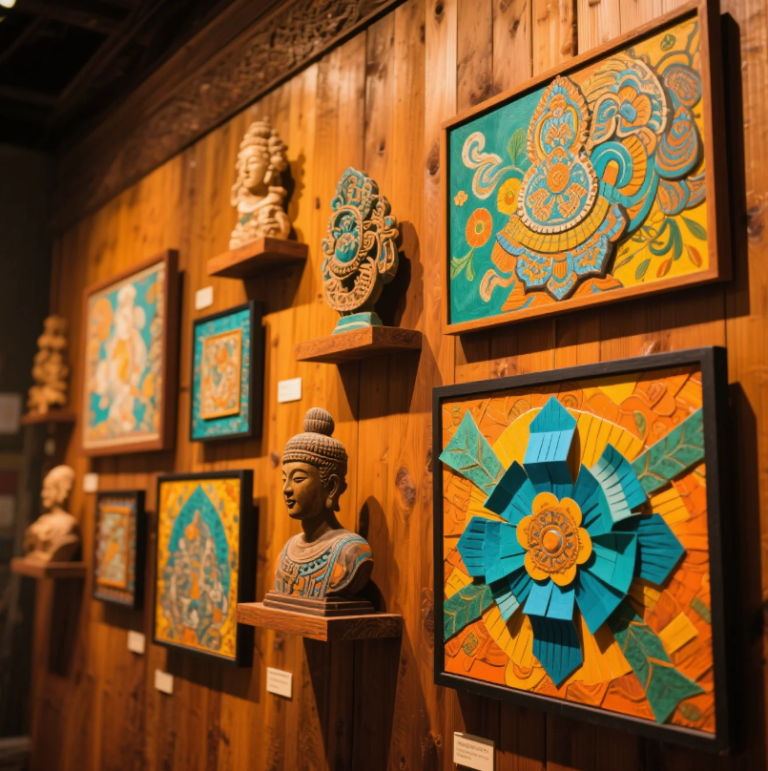
Imagine a world without the infectious beats of hip-hop, the passionate moves of salsa, or the electric energy of Afrobeat. Hard to picture, right? What ties these vibrant modern movements together is something older, deeper, and richer than any fleeting trend: cultural heritage. Far from being dusty artifacts confined to history books, the rhythms, steps, and melodies of ancient traditions are alive and kicking — literally — in today’s global music and dance scenes.
Whether you’re tapping your foot to a trap beat or trying to nail that viral TikTok dance, you’re engaging with a layered tapestry of history and culture. So, how exactly does cultural heritage influence and shape the music and dance we groove to today? Let’s take a whirlwind tour across the globe, blending beats, history, and a splash of humor to uncover the magic behind modern movements that keep us dancing.
The Beat Goes On: What Is Cultural Heritage Anyway?
First off, let’s clear the air. When we say cultural heritage in music and dance, we’re talking about the customs, expressions, styles, and practices handed down through generations. It’s the folk songs sung around campfires, the traditional dances performed at festivals, the instruments crafted by hand — basically, the cultural DNA that defines communities.
But here’s the twist: these aren’t static museum pieces. They are living, breathing influences that evolve as they collide with new ideas, technologies, and cultures. Think of it as a remix — where the original track is the past, and today’s artists add fresh beats and lyrics that speak to their generation.
Hip-Hop: From Bronx Streets to Global Domination
Let’s kick off with a genre that’s almost synonymous with modern urban culture: hip-hop. Born in the 1970s Bronx, hip-hop wasn’t just a new music style; it was a movement forged from the cultural heritage of African American and Caribbean communities. DJ Kool Herc, often hailed as the godfather of hip-hop, borrowed techniques from Jamaican sound system culture — spinning breaks and toasting over beats — and fused them with street storytelling.
Fast forward to today, and hip-hop has morphed into a global powerhouse. But even as it pushes boundaries, it remains rooted in its cultural origins: the rhythmic patterns, call-and-response vocals, and dance styles like breaking (breakdancing) still carry echoes of African drumming traditions and Caribbean dancehall moves.
And what about those viral TikTok dance challenges? Believe it or not, many are direct descendants of old-school street dances, updated with a digital twist. The cultural heritage behind the moves gives them authenticity and keeps them alive in the digital age.
Salsa and Latin Dance: A Fiesta of Heritage and Passion
If hip-hop is the heartbeat of the Bronx, salsa is the fiery pulse of Latin America. Salsa’s roots dig deep into Afro-Cuban rhythms, Puerto Rican bomba, and mambo traditions, blending African drumming with Spanish guitar and European ballroom styles. It’s a dance of stories—love, struggle, celebration—passed from generation to generation.
Modern salsa, bachata, and reggaeton artists honor this rich heritage while innovating with electronic beats and global collaborations. The dance floors of Miami, New York, and Madrid resonate with this fusion, proving that cultural heritage can be both a foundation and a playground.
Afrobeat and African Dance: Ancient Rhythms in a Modern Groove
No discussion about cultural heritage shaping music is complete without spotlighting Afrobeat. Originating from Nigeria with the legendary Fela Kuti, Afrobeat marries traditional Yoruba rhythms and percussion with jazz, funk, and soul. It’s protest music, party music, and spiritual music all rolled into one.
Contemporary African dance styles also borrow heavily from traditional tribal movements, but with an urban edge that makes them a hit worldwide. YouTube and TikTok are flooded with dancers channeling those energetic, grounded moves, spreading African heritage far beyond the continent.
K-Pop: East Meets West, Tradition Meets Tomorrow
Here’s a curveball: you might not immediately connect K-Pop with cultural heritage, but the genre masterfully blends traditional Korean musical elements with western pop, hip-hop, and EDM. Incorporating traditional instruments like the gayageum (a zither-like string instrument) or hanbok-inspired fashion, K-Pop idols create a spectacle that honors their roots while dazzling global audiences.
Dance routines in K-Pop also sometimes reference traditional Korean folk dances or martial arts, creating a captivating cultural fusion that fuels fandoms worldwide.
Why Does Cultural Heritage Matter in Modern Music and Dance?
At this point, you might ask: why should we care about cultural heritage in today’s flashy, fast-moving music world?
- Identity and Belonging: Cultural heritage gives artists and fans a sense of identity, grounding them in community and history even as they innovate.
- Storytelling: Heritage carries stories that enrich music and dance with meaning beyond entertainment.
- Innovation: Paradoxically, tradition often sparks creativity, giving artists a palette of sounds and moves to remix and reinvent.
- Social Impact: Many modern genres that draw on heritage started as tools for social justice and cultural expression, carrying messages that resonate across borders.
When Heritage Meets Globalization: The Remix Effect
Globalization and technology have made cultural exchange more accessible than ever. But this mixing pot isn’t without controversy. Questions around cultural appropriation vs. appreciation bubble up constantly.
The good news? Increasingly, artists and communities demand respect, fair representation, and collaboration. This helps preserve the integrity of cultural heritage while letting it evolve naturally.
How You Can Tune In and Dance Along
Want to connect with cultural heritage through music and dance? Here’s how you can get started:
- Explore world music playlists: Dive into genres like Afrobeat, flamenco, bhangra, and more.
- Learn traditional dance: Many cities offer classes in folk dance or cultural dance styles.
- Support artists and communities: Buy music, attend performances, and engage respectfully with cultural content.
- Stay curious: Ask questions and explore the stories behind the sounds and steps.
Culture as the Pulse of Modern Movement
In the end, the role of cultural heritage in shaping modern music and dance is like a never-ending jam session—an ongoing conversation between past and present. It’s where the roots feed the branches, and every beat and step carries a story.
So next time you find yourself dancing to a catchy tune or mesmerized by an intricate choreography, remember: you’re participating in a vibrant, global tradition. You’re part of a living history, where every move honors those who came before and those who will come after.
Ready to crank up the volume and join the dance? The stage is yours! 🎶💃🌍



